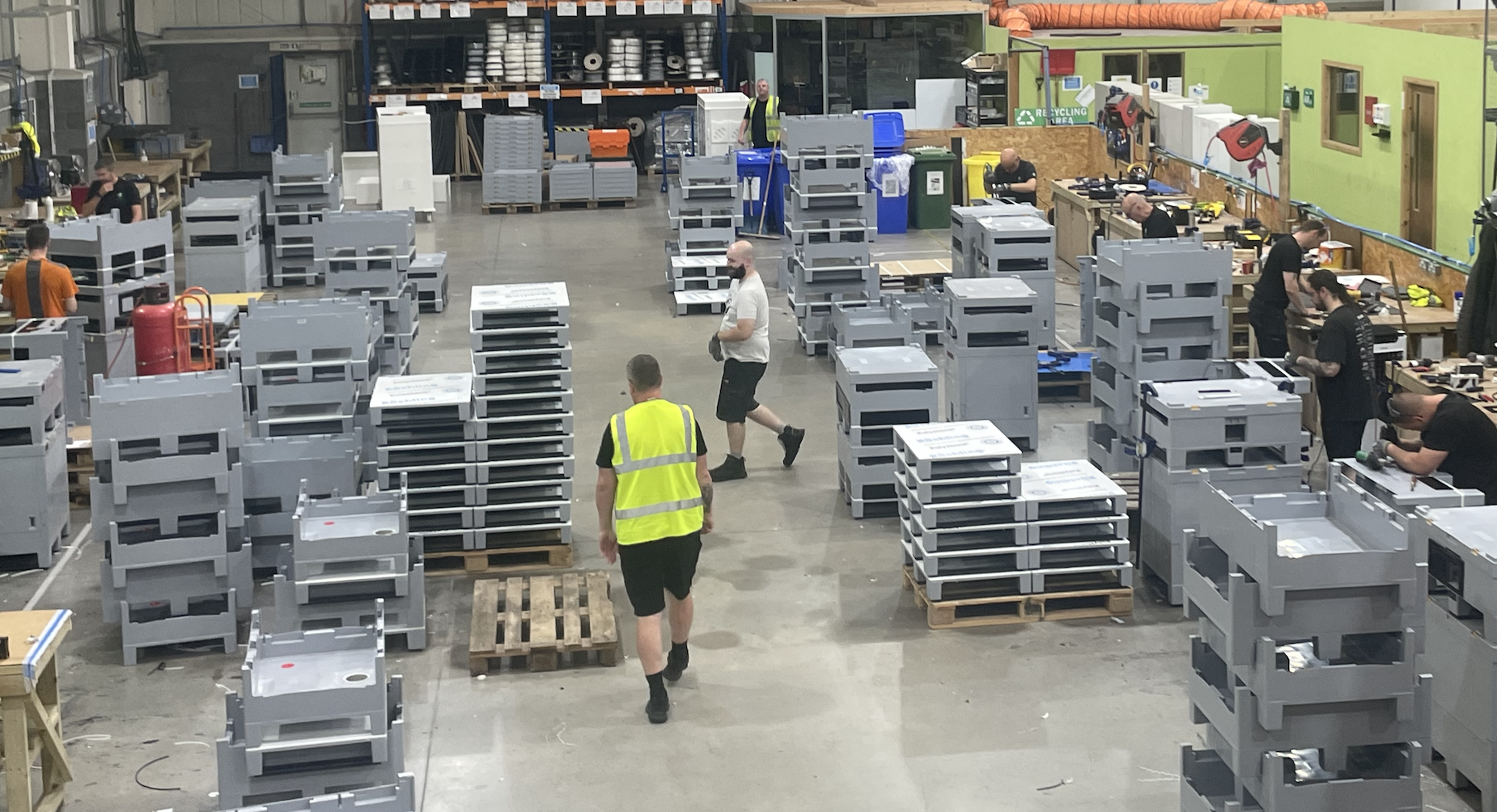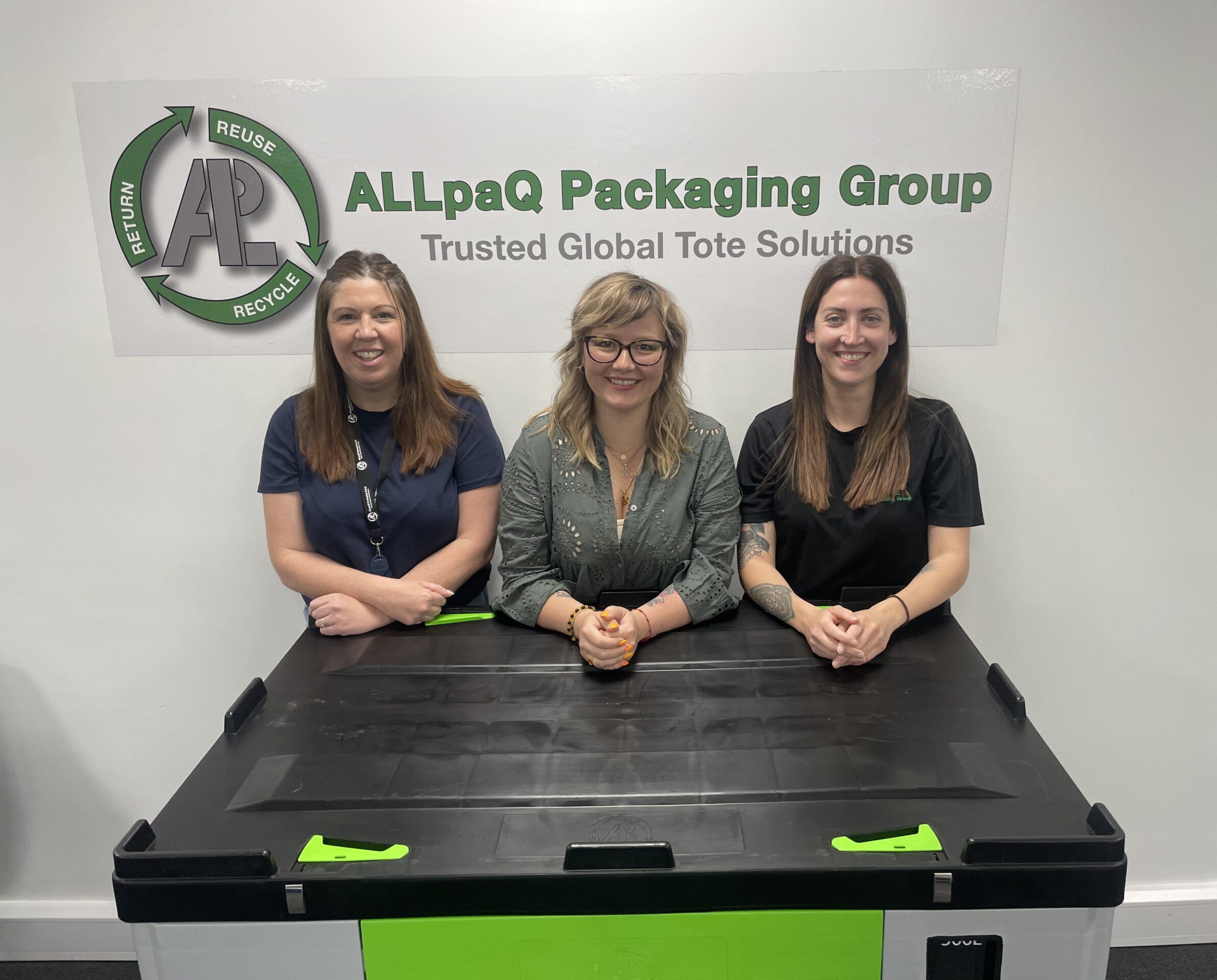posted by Phill Allen
June, 03rd, 2016
Company News
We’ve all heard the parable of turning water into wine. Now scientists are attempting to turn wood into plastic. No, we’re not barking mad. The science behind the revelations appears to be as solid as oak.

The news is particularly interesting given that plastic single-use assemblies have fast become a staple of the biopharmaceutical supply chain. So, should fiction turn to science, it’s only fair to assume that it will only serve to further enhance sustainability of upstream and downstream processing.
Let’s take a look at the evidence
Most of today’s plastics remain petroleum-based. Scientists at SINTEF believe they have the solution: creating a climate-friendly alternative to plastics from renewable resources bioplastic and microfibrillated cellulose (MFC).
Project manager, senior scientist Åge Larsen of SINTEF, says bioplastics “can make a contribution to sustainable development”.
“Our aim,” he explains, “is to develop materials and packaging that will add as little as possible to our environmental footprint, and ideally, will be climate-neutral. In any case, as the oil runs down we are going to need alternative raw materials.”
“If we can demonstrate that there are good alternatives to petroleum-based products, I can imagine that this could help to bring in such measures a bit faster.”
MFC membranes have been shown to be impermeable to gases such as oxygen. In theory they could also be used to protect foodstuffs.
As to whether recycling plastic would achieve the same results, Mr Larsen comments: “Recycling is useful, but in practice, recycled plastics often end up a step or two lower down the quality ladder than the original raw material.
“This is why we believe that MFC fibrils in combination with bioplastics will help us produce high quality, environmentally friendly packaging in the form of products such as bottles, jars and plastic foil.”
Hans Henrik Øvrebø, who heads up technology development at Borregaard, is also confident about the potential uses of microfibrillated cellulose.
“Borregaard is putting a lot of R&D effort into applications of microfibrillated cellulose. Participation in this project will give us valuable insight into the properties of this special type of plant fibre, and how it can be used in plastic products that are impermeable to gases,” he says.
“We think that in the long run, MFC could be used in several of our new products. At the moment, we are in the process of reconfiguring one of our pilot plants in Sarpsborg to produce this type of cellulose.”
TAGS:
plastic, R&D, wood,
SHARE:
Author
Phill Allen
Managing Director
Phill is an innovative thinker particularly in fluid management. His expertise lies in ensuring the seamless flow of pharmaceutical liquid logistics, whether it's optimising current processes or pioneering new approaches.




